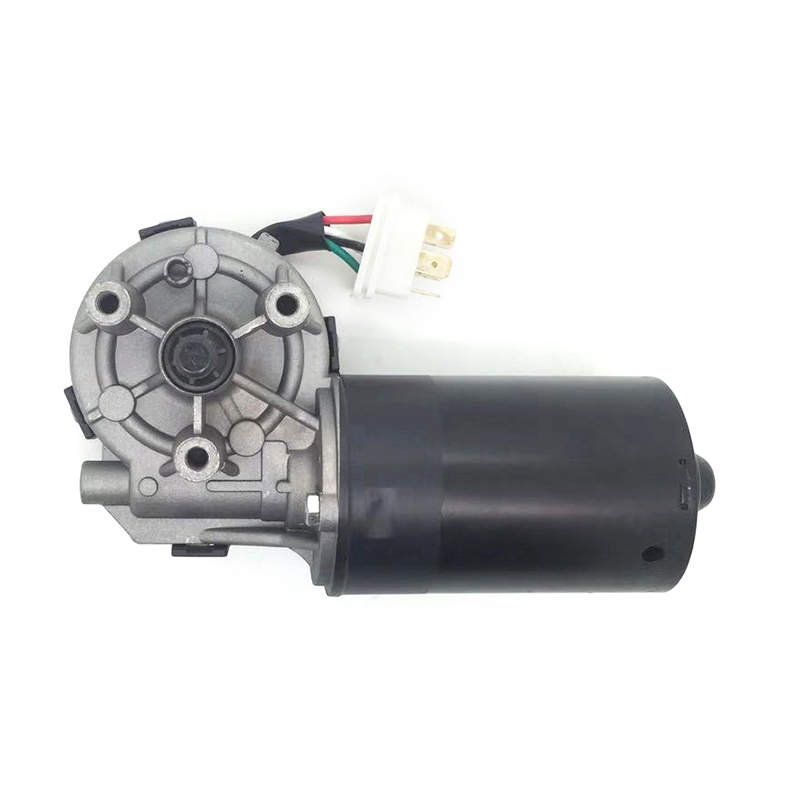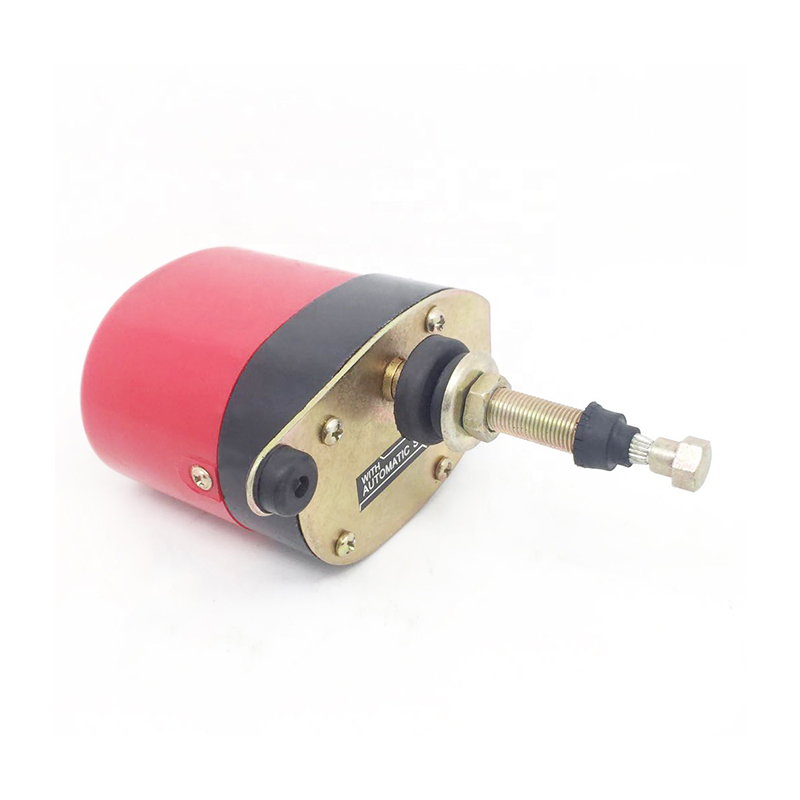 +86-0577-66009580
+86-0577-66009580
 juntmotor@126.com
juntmotor@126.com

In the evolving landscape of commercial vehicles and construction machinery, the demand for components that offer both high performance and low energy consumption has never been greater. As fleets shift toward sustainability and OEMs explore the next generation of energy-efficient systems, traditional components such as wiper motors are undergoing significant technological refinement. Among these, the F006 WM0 308 wiper motor stands out as a reliable, robust model that is now at the forefront of energy optimization efforts.
Originally engineered for demanding environments like heavy-duty trucks, excavators, loaders, and other industrial machines, the F006 WM0 308 has earned a reputation for durability and consistent performance. Now, the industry is focusing on how to adapt this proven motor to meet modern demands for lower power draw and greater efficiency, especially as it is increasingly integrated into electric and hybrid vehicles.
The New Efficiency Standard in Commercial Equipment
The global transition toward energy-efficient technologies is rapidly transforming the heavy equipment and commercial transport sectors. With rising fuel costs, strict emission regulations, and increased environmental awareness, manufacturers are under pressure to reduce energy consumption across all components—even those that may seem secondary, like windshield wiper motors.
The F006 WM0 308 wiper motor is a prime candidate for such innovation due to its wide adoption and established mechanical reliability. To remain competitive in modern applications, it must evolve to support:
Lower power consumption
Improved motor torque-to-efficiency ratios
Compatibility with smart vehicle electronics
Extended service intervals and low maintenance
Pathways to Adaptation: Enhancing the F006 WM0 308
1. Brushless Motor Conversion
One of the effective ways to increase efficiency is transitioning from traditional brushed DC motor designs to brushless DC (BLDC) technology. BLDC motors offer:
Higher torque with less energy input
electrical losses
Longer operational life due to reduced mechanical wear

Better thermal performance under continuous use
For the F006 WM0 308, retrofitting or redesigning it as a brushless model would instantly elevate its efficiency rating—making it more suitable for energy-sensitive applications like electric trucks and battery-operated off-road machines.
2. Gear Ratio Optimization
Another focus area is optimizing the internal gear ratio of the wiper motor to better balance power delivery and energy consumption. The correct gear setup can reduce motor strain, thus lowering amp draw while maintaining effective blade sweep and pressure—especially vital for large windshields in trucks or construction cabs.
Engineers are now experimenting with multi-stage planetary gears and high-precision machining to fine-tune the motor’s performance curve, ensuring smooth operation at lower voltages.
3. Smart Control Integration
Integrating the F006 WM0 308 into vehicle CAN bus systems or proprietary control units allows for intelligent operation. Instead of running continuously at full power, the wiper motor can:
Adjust speed dynamically based on sensor input (e.g., rain sensors)
Enter standby or sleep modes when not in use
Operate intermittently based on vehicle status (e.g., only when driving)
This smart control functionality not only reduces power usage but also extends the life of the motor by preventing unnecessary run cycles.
4. Material and Weight Reduction
Reducing the overall weight and internal friction of the motor’s housing and rotor components can also lead to significant efficiency gains. The use of:
High-strength thermoplastics for non-load-bearing parts
Aluminum alloys instead of steel in motor casing
Low-friction bearing materials
… helps decrease inertia and resistive load on the motor, requiring less power to initiate and sustain motion.
5. Thermal Management Improvements
High efficiency goes hand-in-hand with better heat management. By refining the thermal dissipation system within the F006 WM0 308 wiper motor, manufacturers can avoid energy losses due to overheating.
Advanced heat-sink structures, ventilation slots, or even liquid cooling jackets (in applications) are being tested to help maintain operating temperatures without resorting to high-voltage cooling fans or shutdown sequences.
Adapting for the Future: What’s Next?
Manufacturers, especially those serving the OEM and aftermarket heavy-vehicle sectors, are actively investing in the research and development of upgraded versions of the F006 WM0 308. Many are working in close collaboration with electric vehicle (EV) developers, who are particularly sensitive to even small gains in auxiliary system efficiency.

